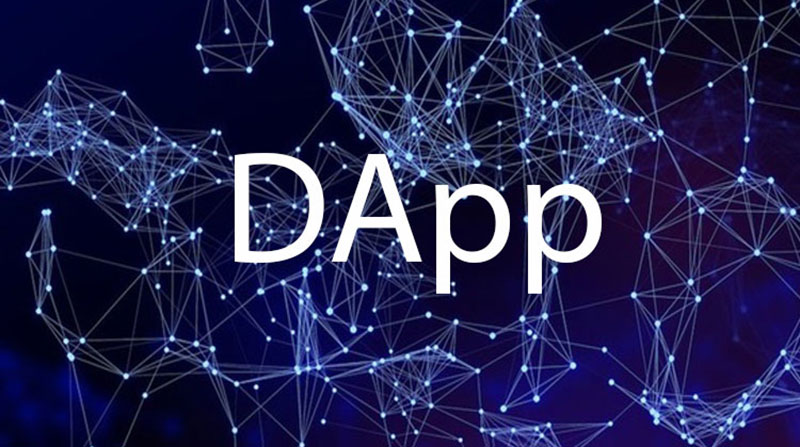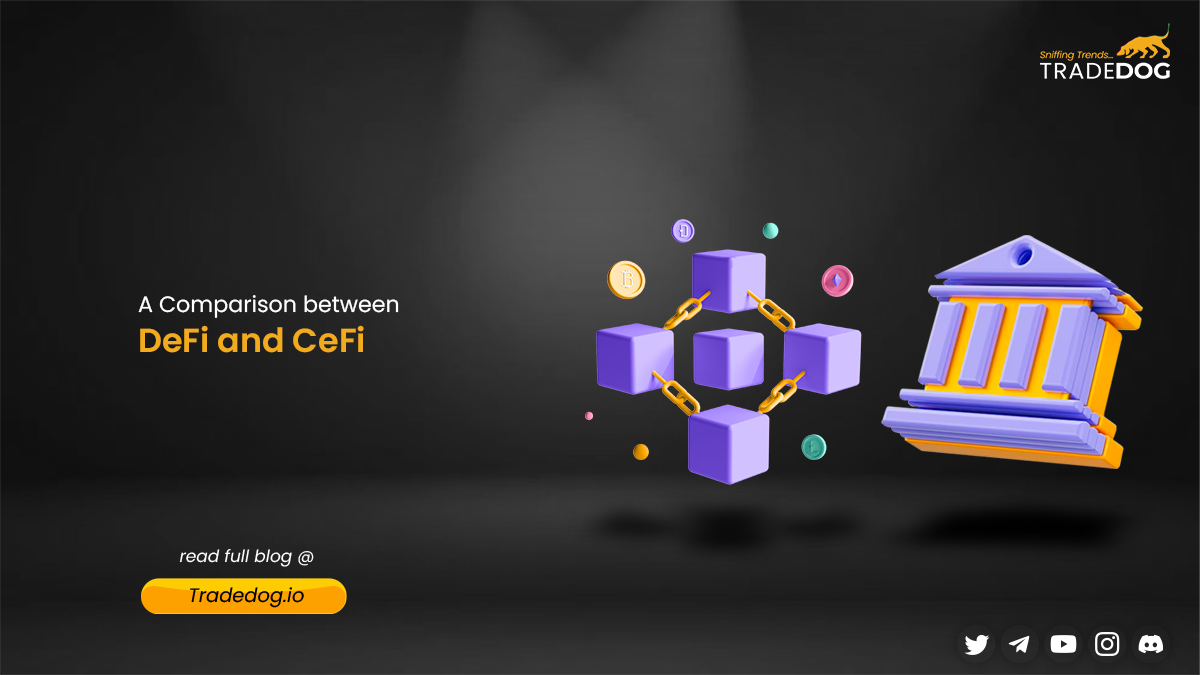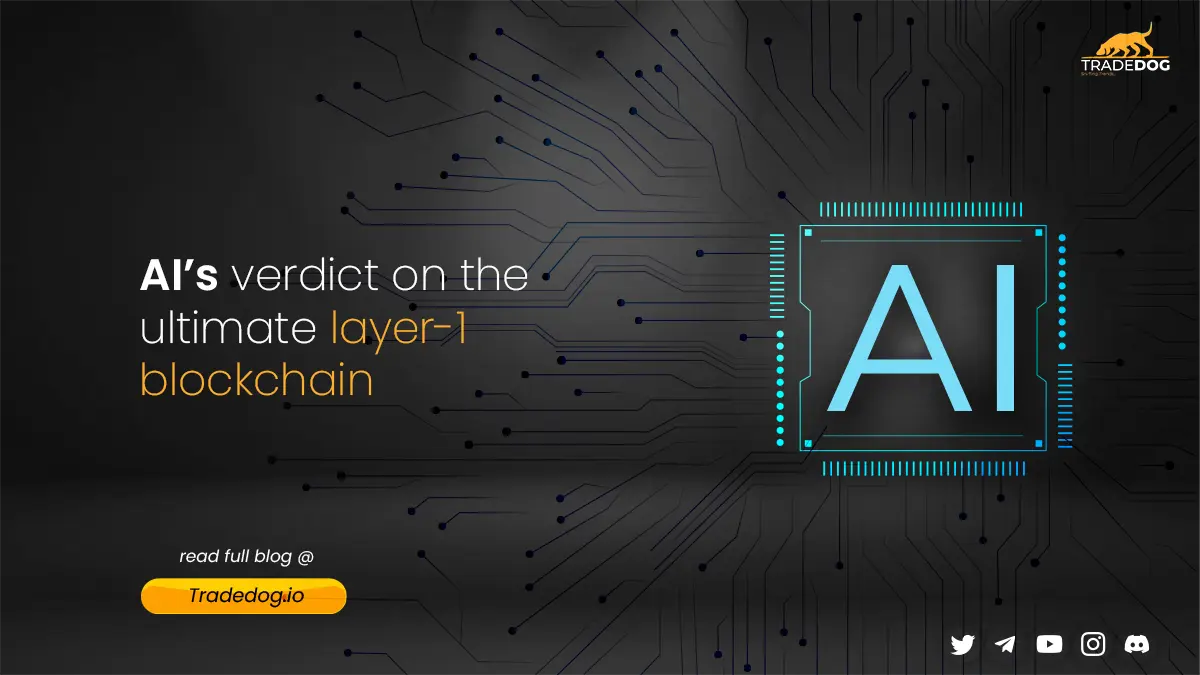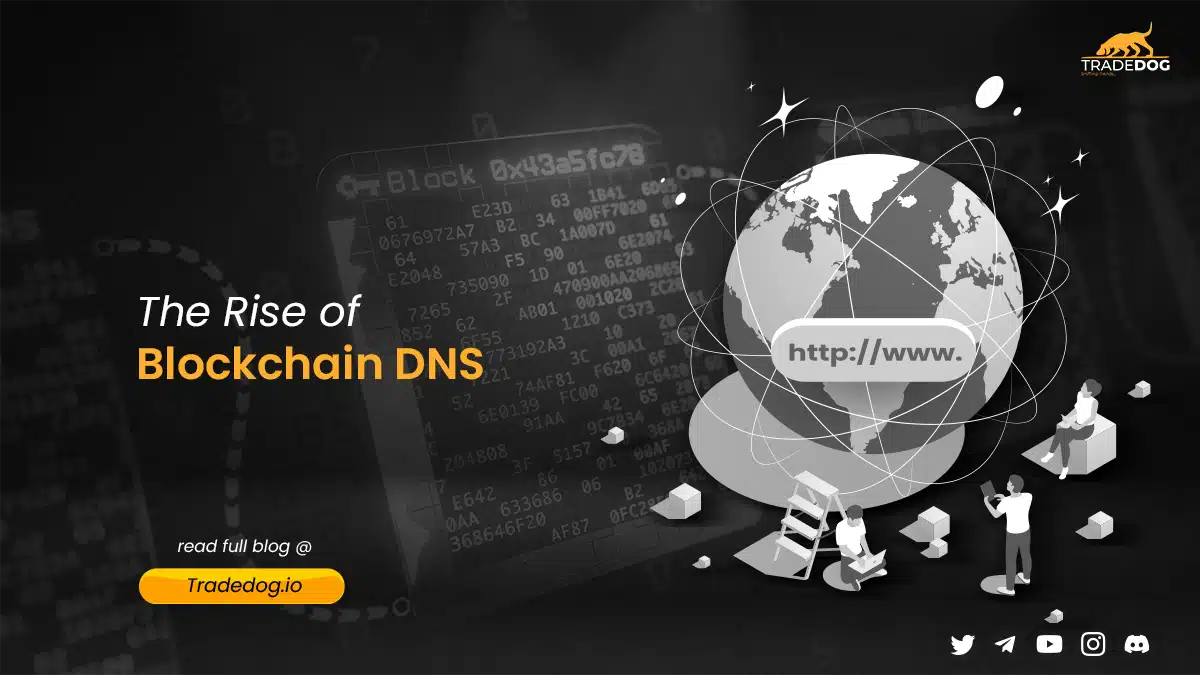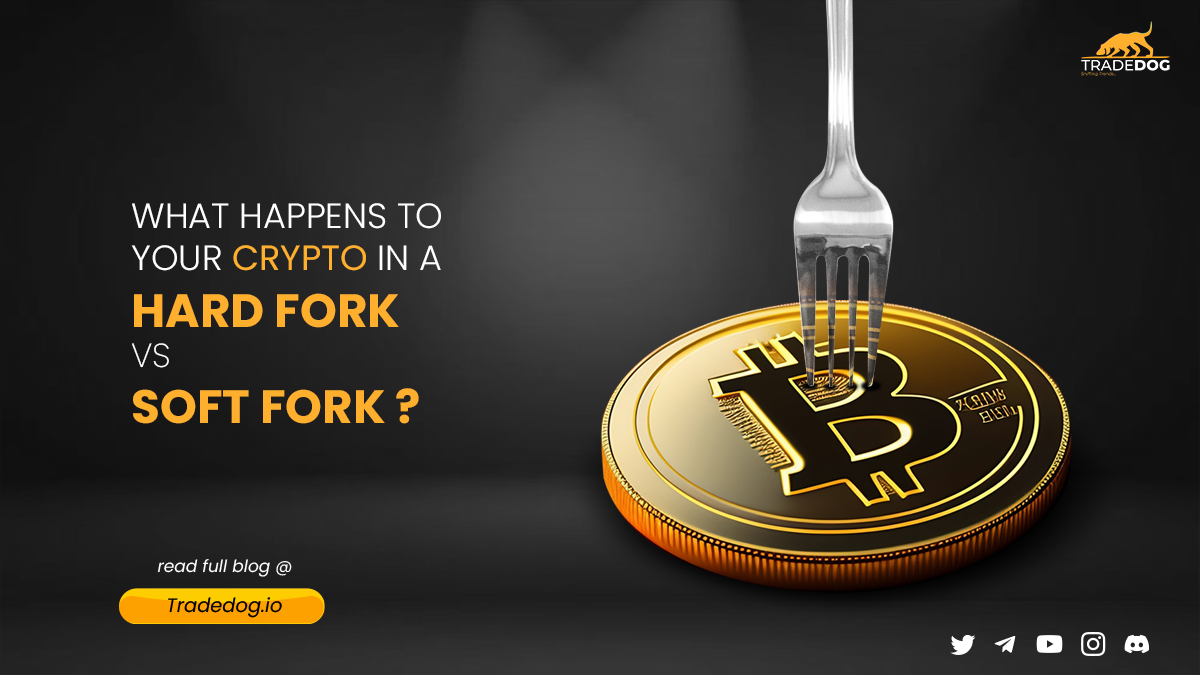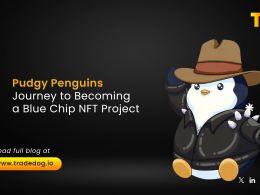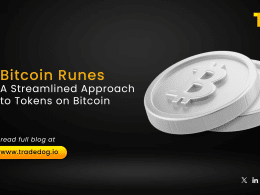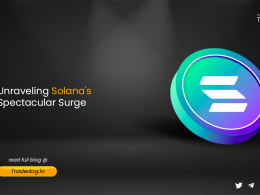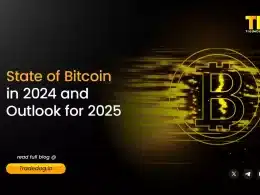Quick Links
A Dapp is an application that runs on top of a blockchain network. dApps or Decentralized applications are similar to the typical apps that run on your mobile network, instead, Dapps are more technical in terms of the backend technology they use. This article will provide all information regarding decentralized applications and their use cases in the real world.
What are Dapps?
Dapps are open-source digital applications that use smart contracts and run on the blockchain network. It enables interactivity between users without the use of intermediaries. Dapps are developed utilizing smart contracts and frequently utilize digital tokens or cryptocurrency to function. These applications are frequently permissionless and don’t need any faith in a central authority acting as a middleman to sustain commercial ties between people associated with the dApp.
Features of Dapps
Dapps use the concept of peer-to-peer networking, which erodes the third parties and enables users to develop other applications over and above a Dapp.
The features of Dapp are:
- Open source software – Since there is no centralized entity controlling a Dapp, anyone on the network can verify, use, modify or copy a Dapp. All changes to a Dapp are approved via a consensus agreed upon by developers.
- Decentralized – This feature keeps Dapp away from the control of centralized authorities, keeping the data safe for the users. The information of users is cryptographically stored, secured, and shared on a public ledger.
- Rewards – The validators inside the blockchain networks are incentivized for the efforts they put in order to verify transactions and add more blocks to the network.
Why use a Dapp
The main benefit that a Dapp provides is the removal of third and central parties from the network which were primarily responsible for delays in work. An app called Venmo, allows a user to send money directly without the involvement of a central bank, making the user experience better. Venmo is just one example of an application built over a blockchain, but today developers have explored hundreds of such options and are working towards creating a smooth user experience and making the tasks look less tedious.
Since DApps are created via decentralized distributed networks, they have no single point of failure, making them less susceptible to attacks and making it exceedingly challenging for hackers to take over the network. The P2P network can also guarantee that the DApp keeps running with little downtime even if a few computers or a section of the network go wrong.
Users can exercise more control over the data they disclose because of DApps’ decentralized nature. Users do not need to reveal their real-world identities in order to communicate with a DApp because no companies are in charge of their personal data. Instead, they can connect to DApps using a crypto wallet and have complete control over the data they disclose.
Practical applications of Dapps
Blockchain gaming activity increased by 2000% from 2021 to 2022 Q1 according to DappRadar. In March 2022, it drew 1.22 million unique active wallets (UAW), with gaming DApps accounting for more than half of the activity. Unlike traditional games, gaming Dapps give the players full control over their in-game assets. These features make these games more interesting for a player.
The financial applications have explored the practical use cases of Defi and have built several successful applications around it. These applications have smoothened the user experience and have successfully overcome the problems of a traditional system.
Dapps are still in the infancy stage, and are undergoing development. Today, there are currently over 3000 Dapps built on Ethereum. there are Dapps for every category, from gaming, finance, and infrastructure to social media and advertising. Over time, the use cases of Dapps have grown significantly because of the innumerable benefits it provides to users.
Some of the best-decentralized applications built to date are;
- Uniswap – It is the largest decentralized exchange built on Ethereum to trade cryptocurrencies without the involvement of a third party.
- Compound finance – Compound finance is the unicorn Dapp of 2019. They have created a group of dapps to enable crypto lending and borrowing on their platform.
- Ethlance – Ethlance is a decentralized platform for jobs, which charges no registration fee or commission on job posting and hiring.
Differences between dApp and an app
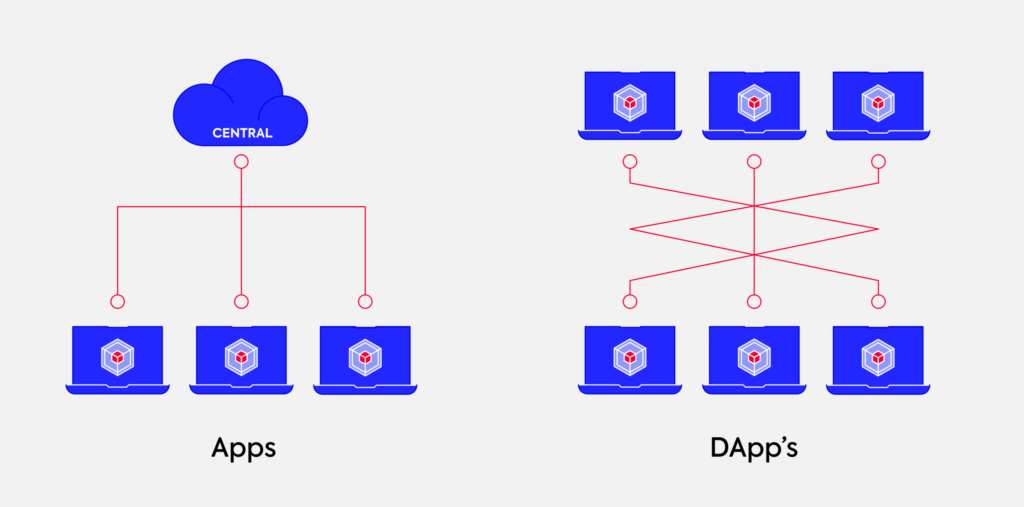
Dapps and apps differ significantly in ways that a dapp’s backend code runs on a decentralized peer-to-peer blockchain network. In contrast, the backend code of an app runs on one or more centralized servers. DApps offer a variety of advantages, including privacy. Unlike traditional apps, you do not need to reveal personal information in order to interact with a dapp. Since data saved on blockchains cannot be altered, your data is secure on a dapp.
Decentralized apps, or dApps, have a very different architecture than conventional applications. For decentralized applications to attain the highest levels of security, dependability, and privacy, a special system design is needed.
Following are the differences between a Dapp and an app
- Security In dapps – security is of the utmost significance. Decentralized apps, by definition, have a public backend, therefore any suspicious activity needs to be closely watched and limited. Since the 2016 DAO heist, it is still unclear how safe dapps actually are. One of the most costly dapps ever, DAO, was defrauded of more than $50 million in ether. This emphasizes the necessity for further development of the security standards used for dapps.
- Privacy – Since, dApp run in an open source environment and cannot be controlled or interfered by a single authority, you need not to provide information about your identity like you often do for apps. Your data is safe on a dapp since data stored on blockchains is unchangeable.
What are the challenges with Dapps?
Dapps may look like the future of the world but currently, they are facing some significant problems that need to be addressed. For starters, the absence of a centralized authority can result in delayed platform updates. In the case of centralized control, one party can simply update their software whenever they want. But even for a small bug fix, a DApp needs 75% approval from the acting governor. As consumers weigh the benefits and drawbacks of any development, this could take weeks or even months.
DApps also require a sizable user base in order to function successfully. Users, governance, and nodes are all necessary for the interaction. However, at this early stage, obtaining DApps can be rather challenging, and many people aren’t getting the assistance they require.
FAQs
- Is Metamask Dapp – Metamask is a cryptocurrency wallet that enables users to store Ether and other ERC 20 tokens. It allows users to interact with Dapps.
- Are NFTs Dapps – NFTs are nonfungible tokens but NFT Dapps are special applications that incorporate the use of NFTs into their software. For example – Axie Infinity, is an NFT Dapp.
- Which blockchain has the most Dapps – Ethereum, also called the mother of Dapps has the highest number of applications built on it.





